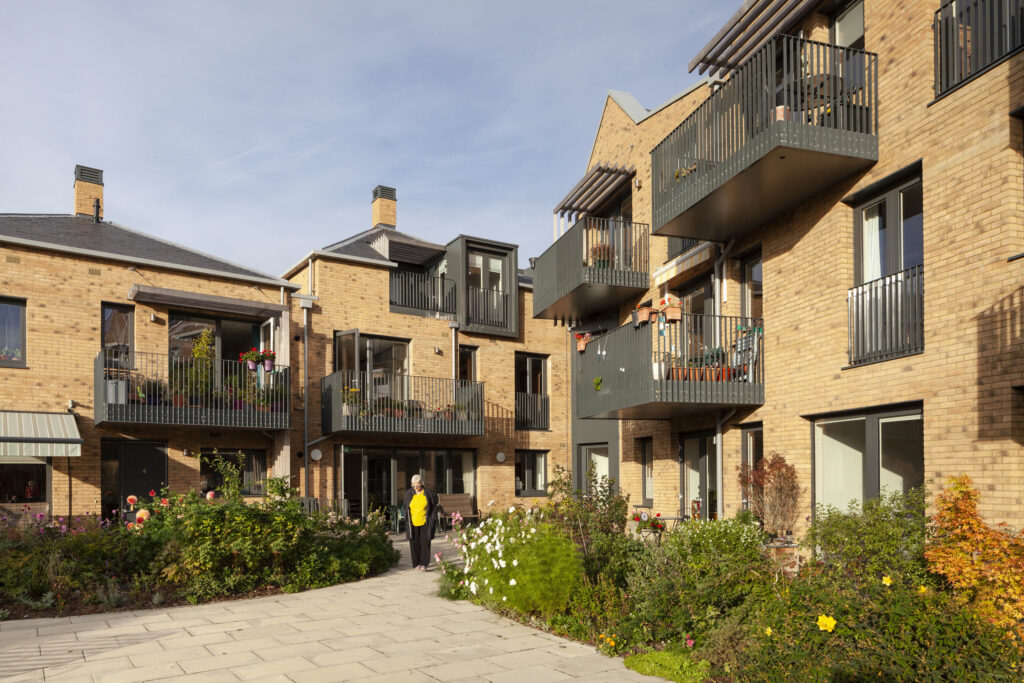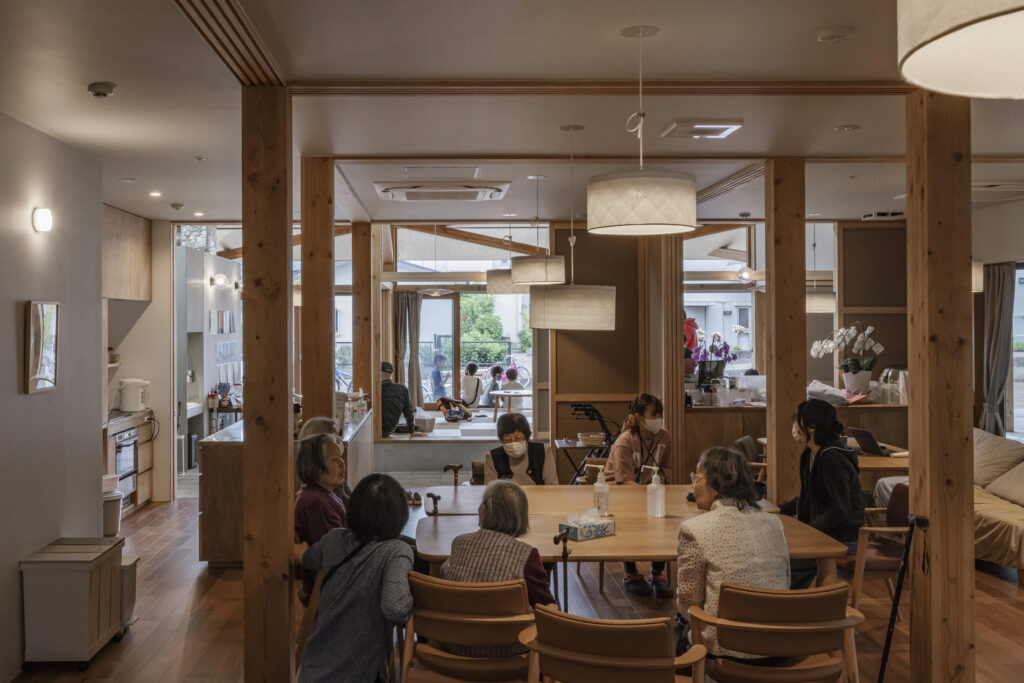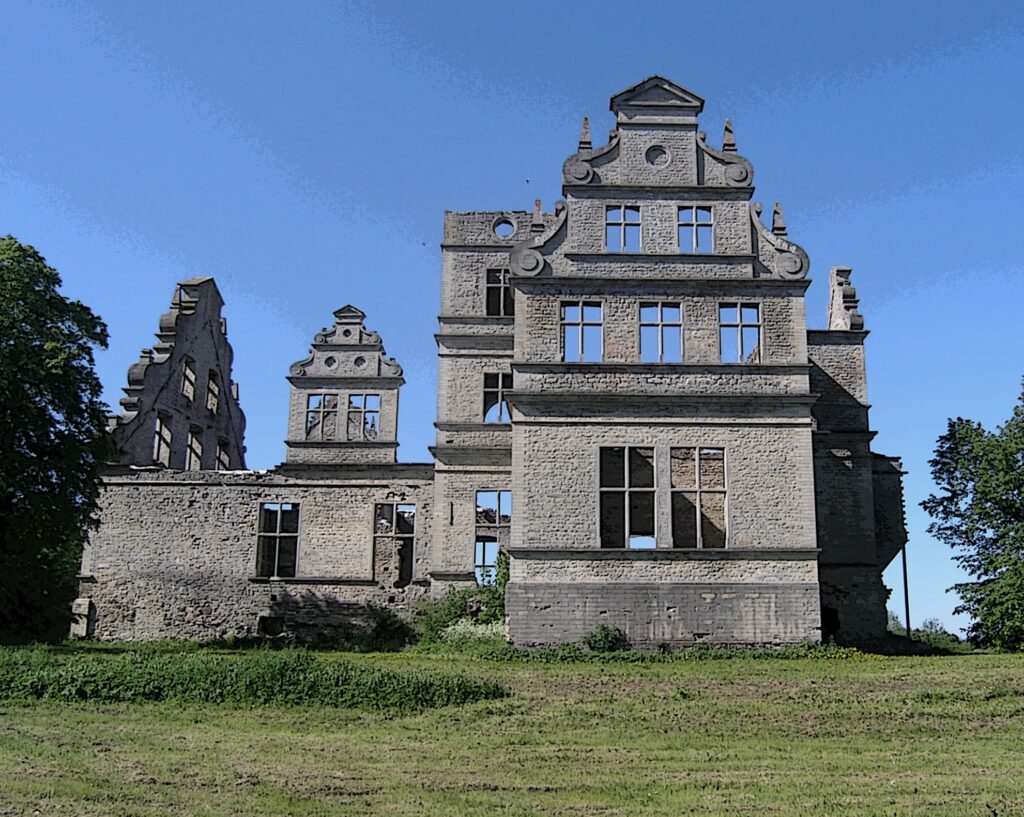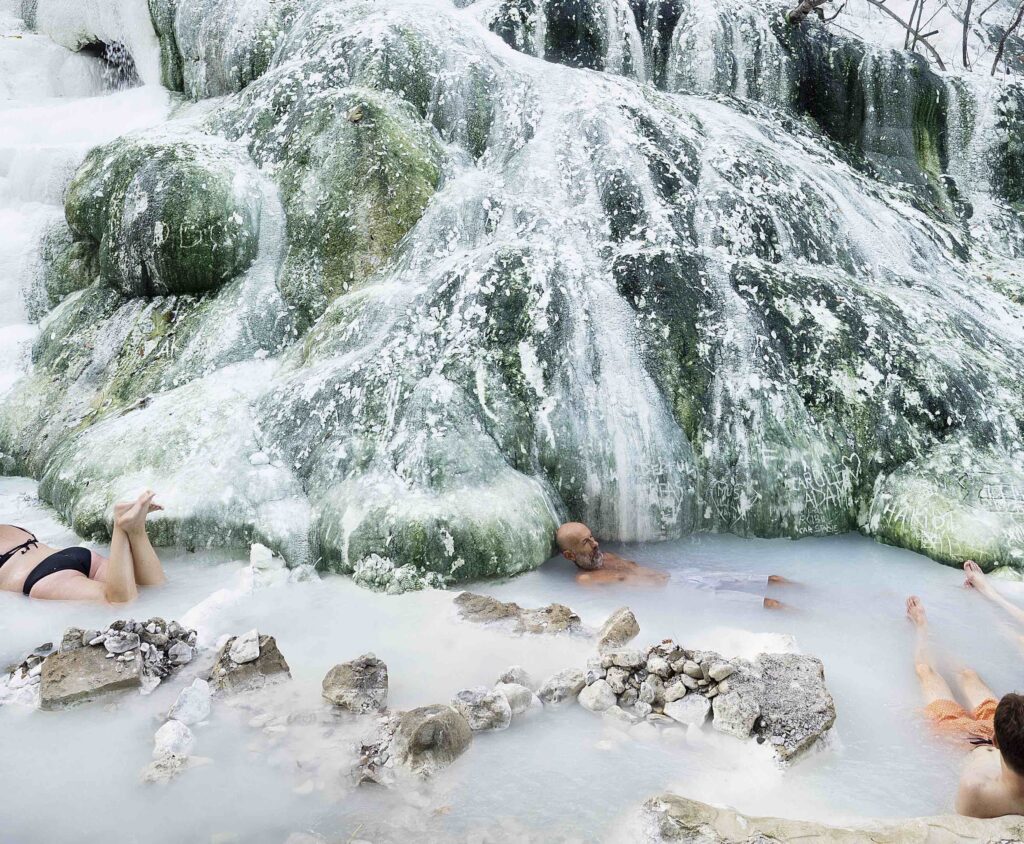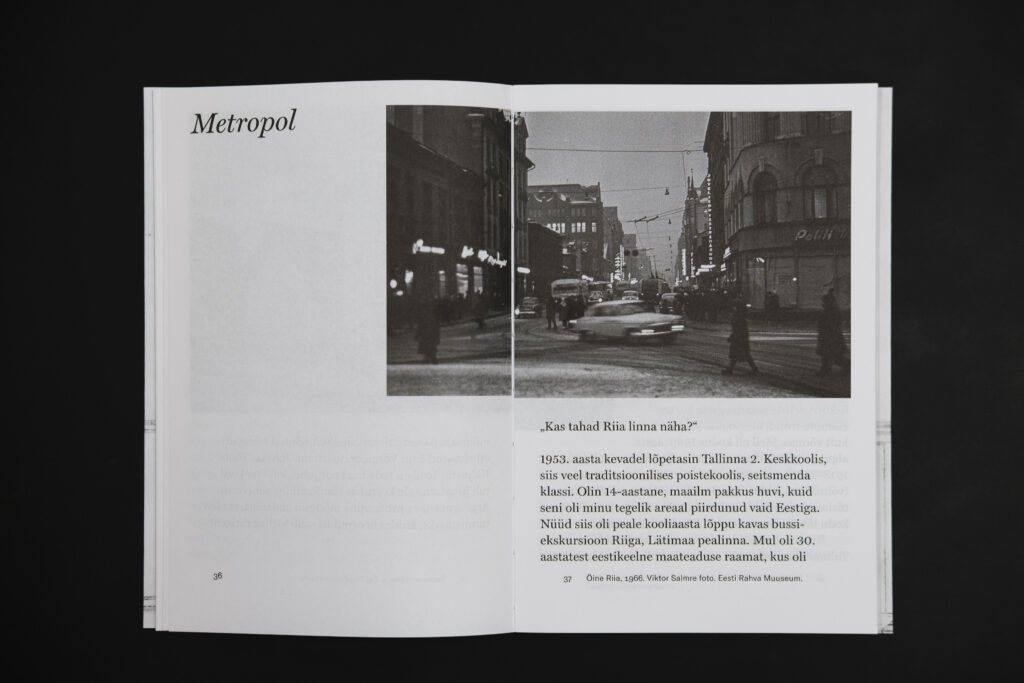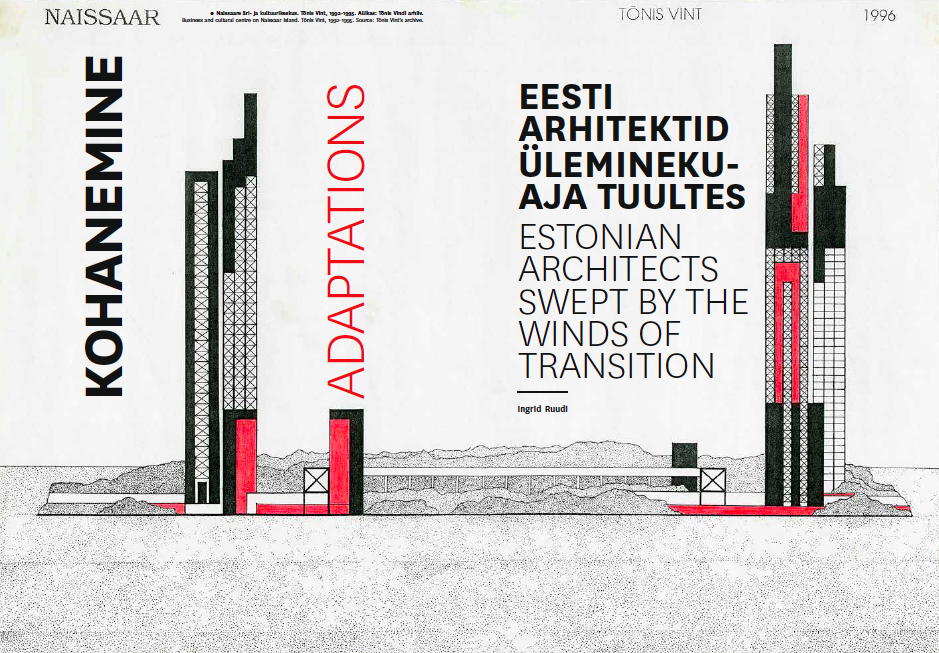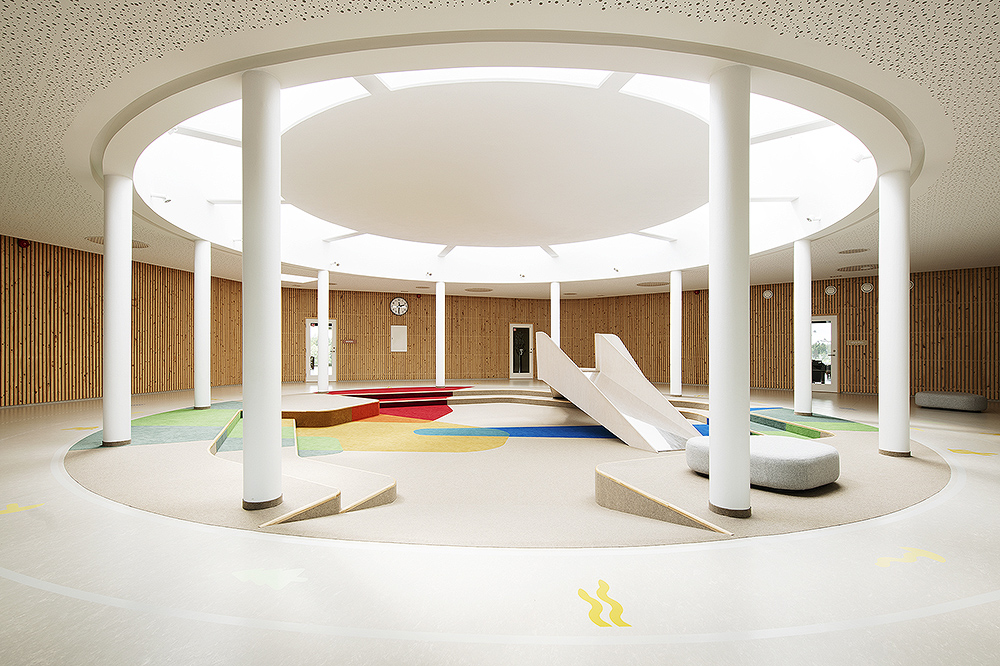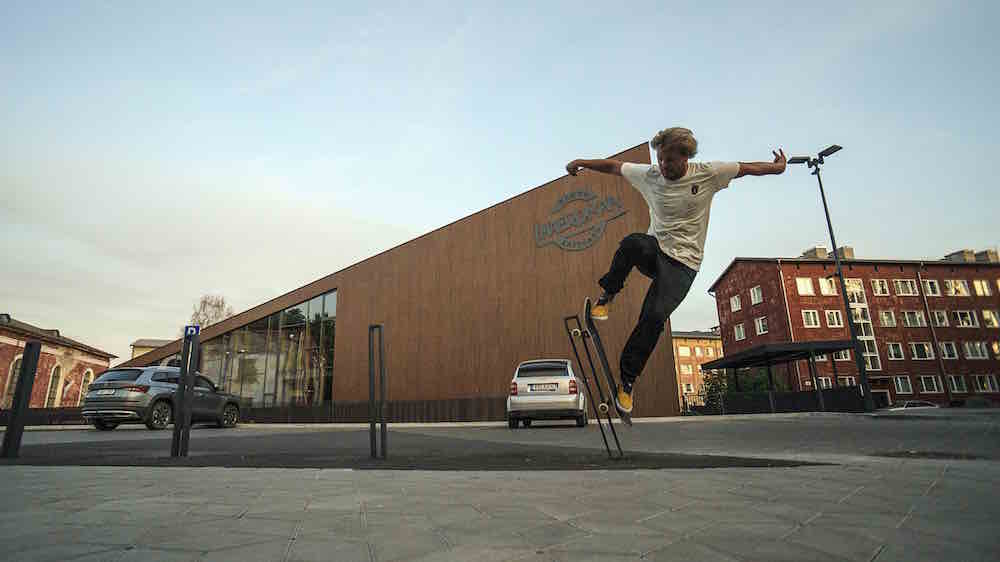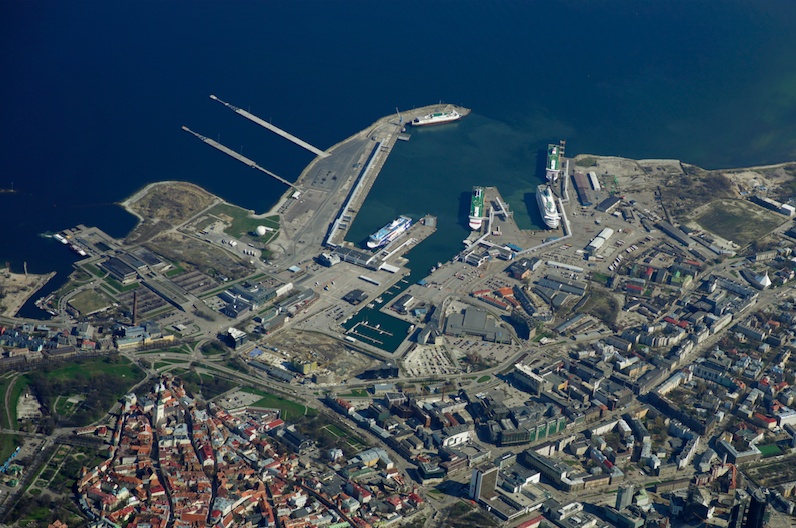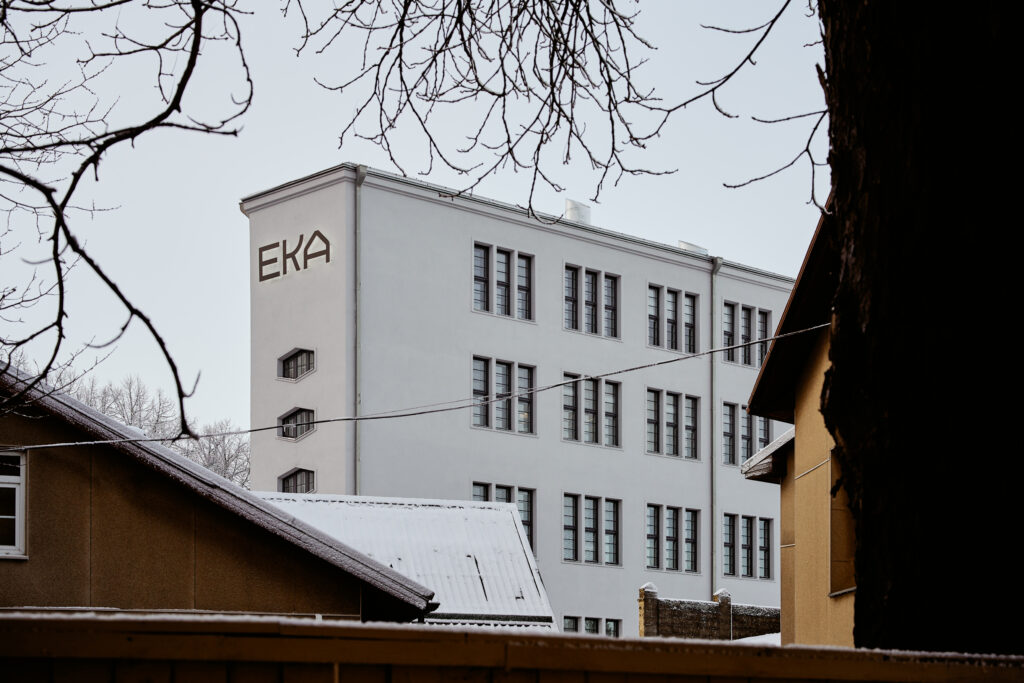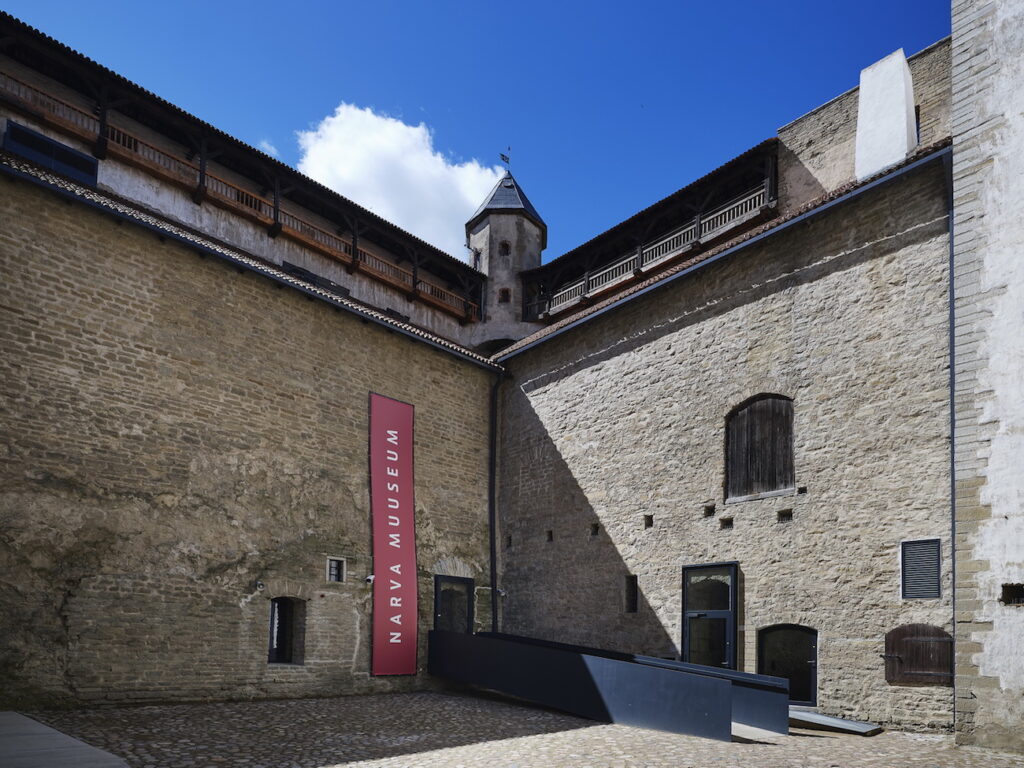Where is the line between genuine development and pointless construction? How to use concrete reasonably rather than wastefully? In what form should concrete figure in contemporary architecture?
In 2016, a group of women moved into a building in the borough of Barnet on the outskirts of London—a building that had been developed and built in collaboration with them and specially for them. Thus culminated a process that had begun in 1998, when some of these women founded the Older Women’s Co-Housing (OWCH) group.
The aging population requires nothing less than a radical retooling of the territory, with architects and urban planners at the forefront of this transformation.
ARCHITECTURE AWARDS

Artist Helena Keskküla wanted to work on stone as she tracked stone-related episodes in the text and illustrations of The Kalevide, and looked for connections between stone and Estonianness.
Designing in close collaboration with what the material provides, ’Working Stone’ summer school uncovered some interesting alternative approaches to productive reuse.
Geologist Helle Perens emphasises that instead of worrying about the environmental impact of quarrying building stone, we should worry that there are plans for the near future to extract senseless amounts of it, including very high-quality stone, only to crush it into aggregate.
Architect Madli Kaljuste takes a look at Linnahall that hides traces of 400-million-years-old life in its walls.
The essay 'Sedimentary Flows and Creative Geologies' by Galaad Van Daele was commissioned for the publication Reset Materials--Towards Sustainable Architecture, edited by Chrissie Muhr and published by the Danish Architectural Press (Arkitektens Forlag, September 2023).
Air and its composition concern every field of spatial design, both at the micro and macro levels. The way in which airflows are controlled reveals how a built space relates to its surrounding environment. Hence, in this issue we ask: how does your house breathe?
Humankind is transforming the planet into a vast infrastructural project serving its economic system. Landscape architect Hannes Aava explores how this development is reflected in critical theory and discusses what must be done to prevent the metabolism of humankind from becoming a metastasis.
All new hard infrastructure should be engineered to double as social infrastructure, writes Mattias Malk.
Ingrid Ruudi discusses architects’ relationship with time and the various ways in which architects in their later years record their doings as history.
No more posts
Editors' choice
Little was built following the re-establishment of Estonian independence in the early 1990s, however, the debates held and practices established largely came to set the foundations for the dominant issues in the architectural field in the past decades.
No more posts
Most read
Several public buildings that form functional miniature ecologies, impacting our human qualities and sense of proportion through their scale, have been erected in Purtse and Palamuse.
How to design public spaces to make us enjoy our daily movement?
What are the advantages and pull factors of rural areas?
Spectrum thinking has freed him from the constraints of the black-and-white view of the world: drifting in semitones allows him to choose only the topics that fire him up. Everything you start with must be finished, the process is facilitated by the main tool of concentration that to outsiders seems deceivingly chaotic.
The main challenge for the competition lay in connecting the harbour with the city centre and creating a built environment that would speak to all Tallinners.
In the building reconstructed by Salto, the space definitely does not compete with the content as it tends to happen in the exhibition venues built during the so-called museum boom in the 1990s, such as Frank Gehry’s Bilbao Guggenheim art museum. The adjustments here are highly refined and tasteful. It might be even said that a little boring, surprisingly neutral for Salto’s work. The red building is still red with the characteristic red brick kind of retained but in an ornately polished way.
The trio of landscape architects in Tartu represent the new obstinate generation who believe in nature’s power of self-organisation and assure that their cooperation will persist until Estonia is entirely covered with a high-quality public thicket.
Love is emanating from this building. The new building of the art academy on the edge of Kalamaja in Tallinn has architecture which is carefully thought through and gives a positive boost to the future of Estonia’s principal institution providing higher art education.
The centre dedicated to the composer Arvo Pärt is loaded with many different expectations which set very high standards for the architecture. A successful architectural space not only provides a particular set of facilities, but also functions as an abstract machine, a means to contemplate our place in grander schemes of things.
No more posts
Rather than exhibiting objects and asking questions, the contemporary museum has become a place for experiences requiring submission to the logic of storytelling. Triin Ojari considers how the reconstructed Narva Castle relates to history and providing experiences.
No more posts


